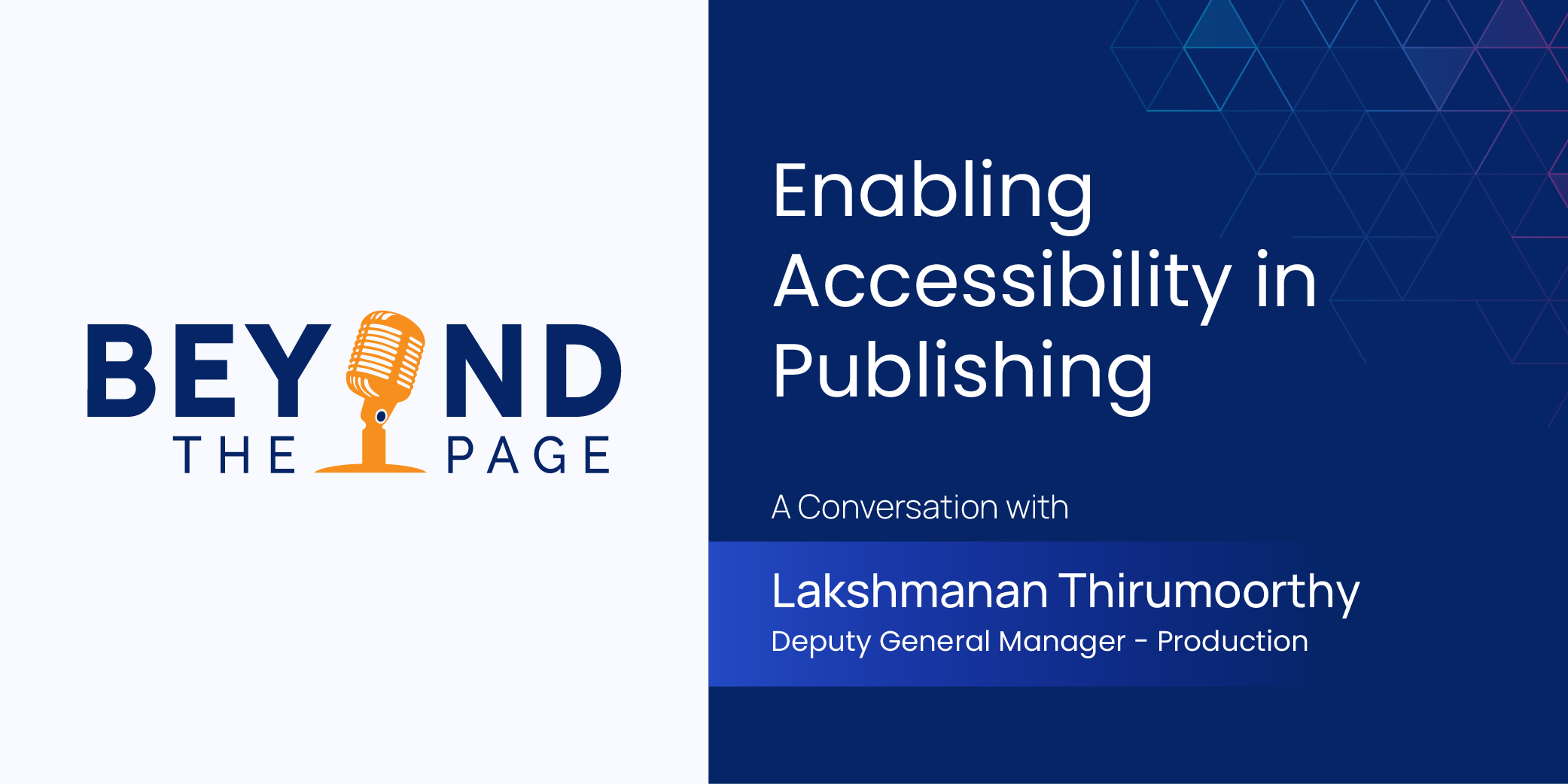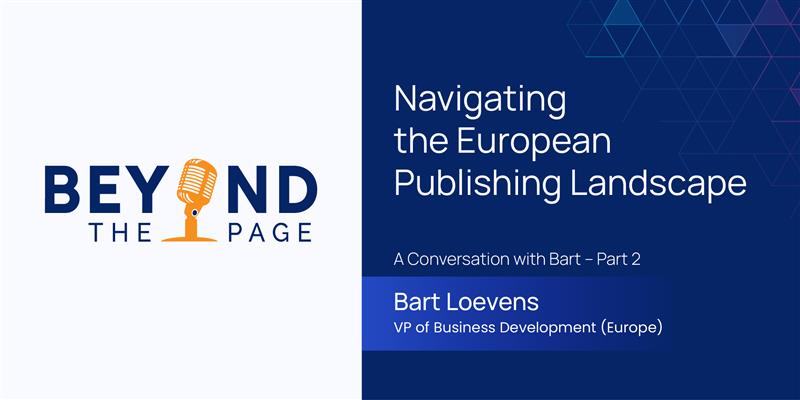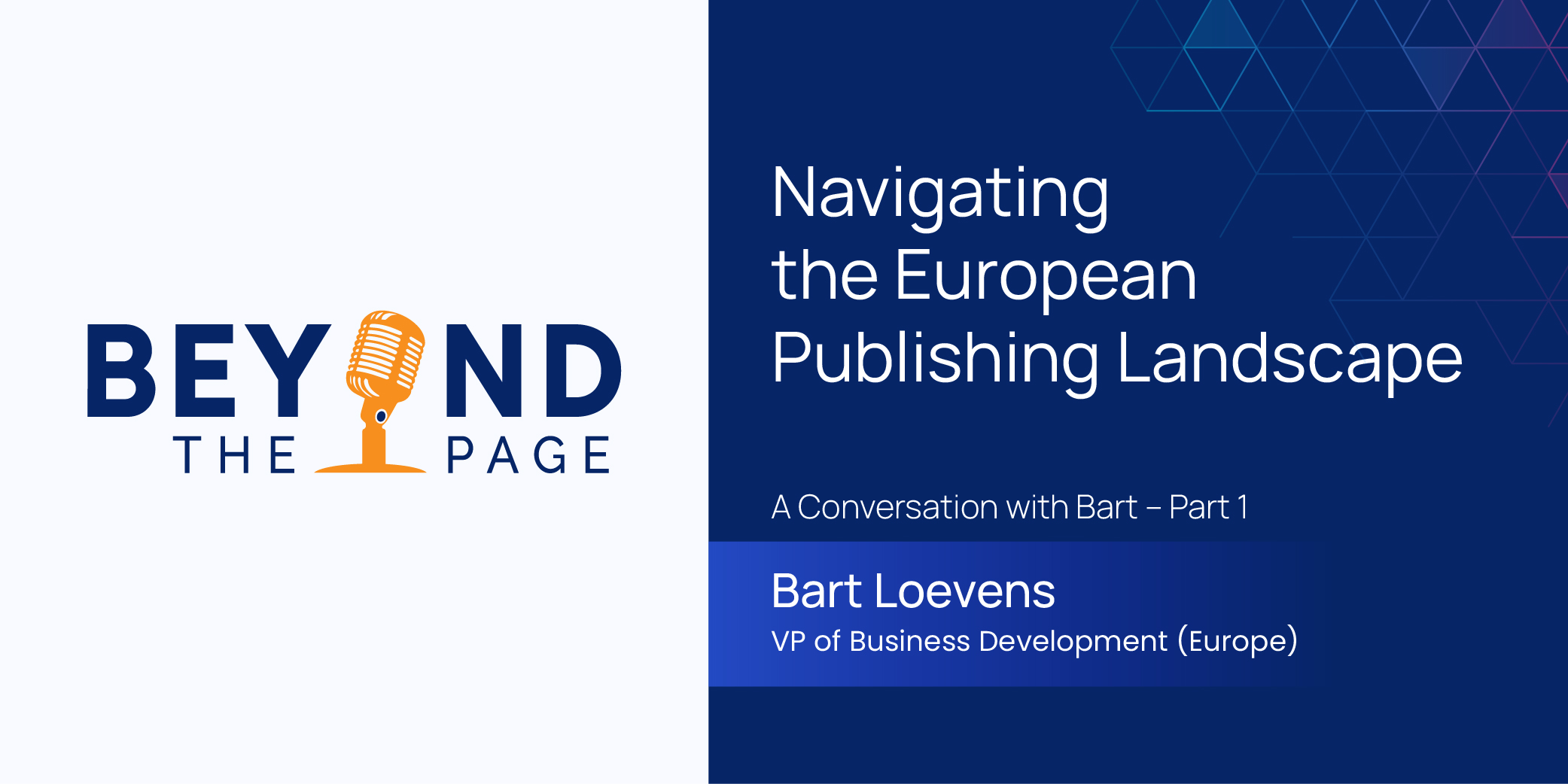Managing Multi-Author Papers: The AI Solution for Seamless Collaboration

The realm of academic research thrives on collaboration. Multi-author papers offer a multitude of benefits, drawing on diverse perspectives and expertise to tackle complex problems. However, navigating the complexities of co-authorship can present a significant challenge. From logistical hurdles like version control to ensuring clear communication and streamlined workflows, managing multi-author papers can be a time-consuming and frustrating endeavor.
Fortunately, the landscape of academic writing is being reshaped by the power of Artificial Intelligence (AI). AI-powered solutions are now emerging to tackle the challenges of multi-author collaboration, fostering a more efficient and productive research environment.
Understanding the Challenges of Multi-Author Papers
- Communication Barriers: Geographical separation, time zone differences, and varying communication styles can lead to misunderstandings and delays.
- Version Control Chaos: Multiple revisions from different authors can create a tangled web of conflicting versions, hindering progress.
- Workflow Bottlenecks: Identifying tasks, assigning responsibilities, and tracking progress can become cumbersome in large research teams.
- Inconsistent Formatting: Maintaining uniformity in style and referencing across multiple contributors can be a tedious task.
These challenges not only drain valuable research time but can also hinder the quality of the final output.
The Role of AI in Enhancing Collaboration Among Authors
AI is increasingly being integrated into academic workflows to help researchers overcome these hurdles. From streamlining communication to providing real-time feedback, AI-driven platforms have begun to revolutionize how collaborative papers are written and managed.
- AI-Driven Communication
Effective communication is essential for a successful multi-author paper. AI tools enhance collaboration by offering platforms where authors can easily exchange ideas, assign tasks, and track progress. Natural Language Processing (NLP) tools, for instance, can identify and resolve ambiguity in written communication, ensuring clarity across the board.
- Smart Editing and Proofing
AI-powered tools, such as iAuthor’s AI-based content proofing and authoring features, offer real-time grammar and style checking, helping authors maintain consistency throughout the document. Additionally, AI can detect discrepancies in formatting or citations, significantly reducing the workload of each contributor.
- Project Management Automation
With AI, project management becomes easier. These tools allow automatic tracking of contributions, assigning of roles, and setting of deadlines, helping authors stay organized. For example, tools that automate version control ensure that all authors are working on the most current document without needing to sift through emails or folders for the latest draft.
- Intelligent Feedback and Comment Integration:
AI can analyze comments and suggest relevant edits, facilitating clearer communication and quicker resolution of disagreements.
- Centralized Document Management:
A single platform can house all project files, notes, and communication, ensuring everyone has access to the latest information.
These features, combined with the power of AI-driven communication suggestions, can significantly improve collaboration between geographically dispersed authors.
Key Features of AI Solutions for Managing Multi-Author Papers
When selecting an AI solution for your research team, consider functionalities such as:
- Real-time Collaboration: Choose a platform that allows simultaneous editing and revision tracking, enabling co-authoring in real-time.
- Version Control: Look for tools that automatically track changes, allowing you to revert to previous versions if needed.
- Task Assignment and Management: Utilize built-in functionalities for assigning tasks, setting deadlines, and monitoring progress for enhanced team organization.
- Comment and Feedback Integration: Opt for AI-powered comment systems that facilitate clear communication and efficient problem-solving within the platform.
Selecting the Right AI Tools for Your Research Team
When selecting an AI tool for managing a multi-author paper, it’s essential to consider your team’s unique needs. Some features to look for include:
- User-friendly interface: Ease of use is critical for adoption, especially for teams with varying levels of technical expertise.
- Customizable workflows: The tool should allow customization to fit your research team’s specific needs, including assigning tasks, timelines, and managing document formats.
- Security and data protection: Ensure the AI tool complies with data protection regulations, especially for sensitive research.
- Integration with other tools: Choose a platform that integrates well with your current tools, such as reference management software or cloud storage services.
As academic research becomes increasingly collaborative, leveraging AI-powered tools like iAuthor can help teams overcome the complexities of multi-author papers. iAuthor’s advanced features—such as real-time editing, automatic version control, and seamless feedback integration—enable research teams to collaborate efficiently, reduce errors, and accelerate the writing process. By adopting iAuthor, you can enhance your team’s productivity, ensure smoother collaboration, and achieve faster publication outcomes. Transform your collaborative writing experience with iAuthor and take your academic success to the next level.
News & Insights

Enabling Accessibility in Scholarly Publishing – A Conversation with Lakshmanan Thirumoorthy

Navigating the European Publishing Landscape – A Conversation with Bart – Part 2

